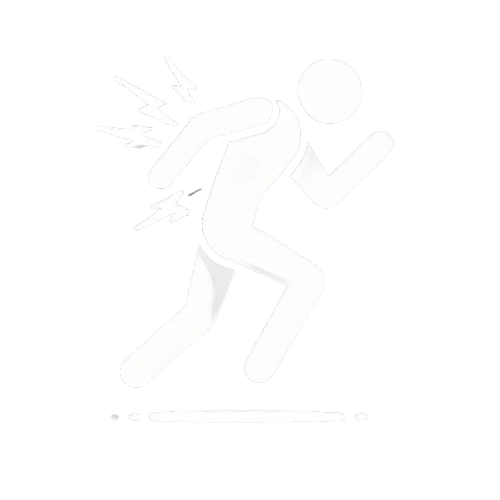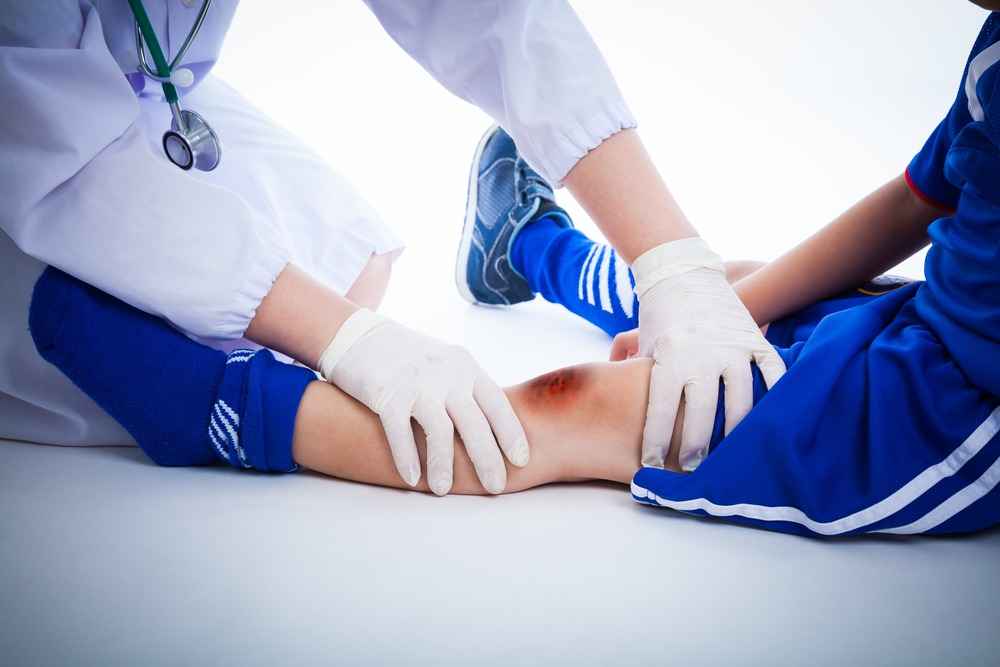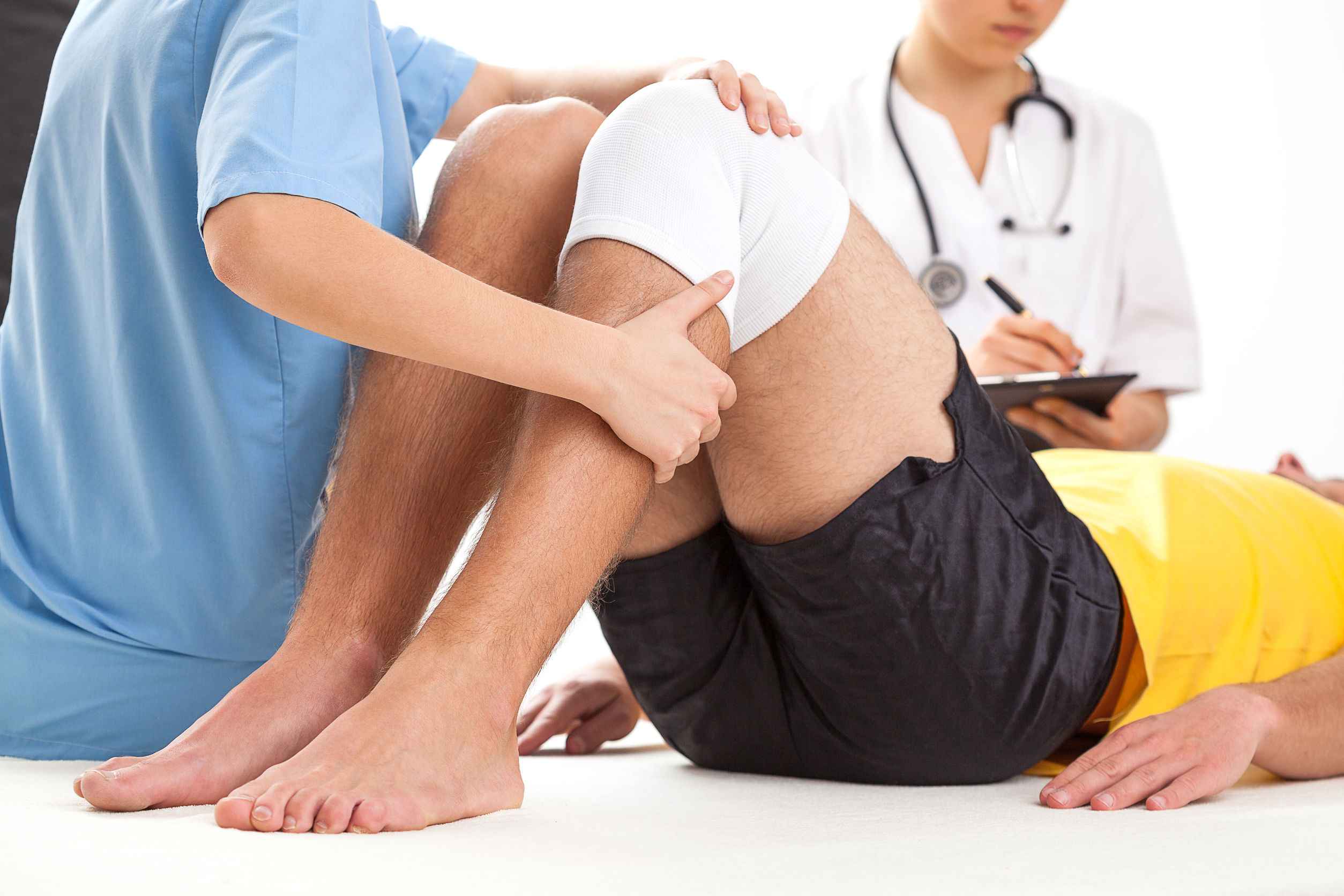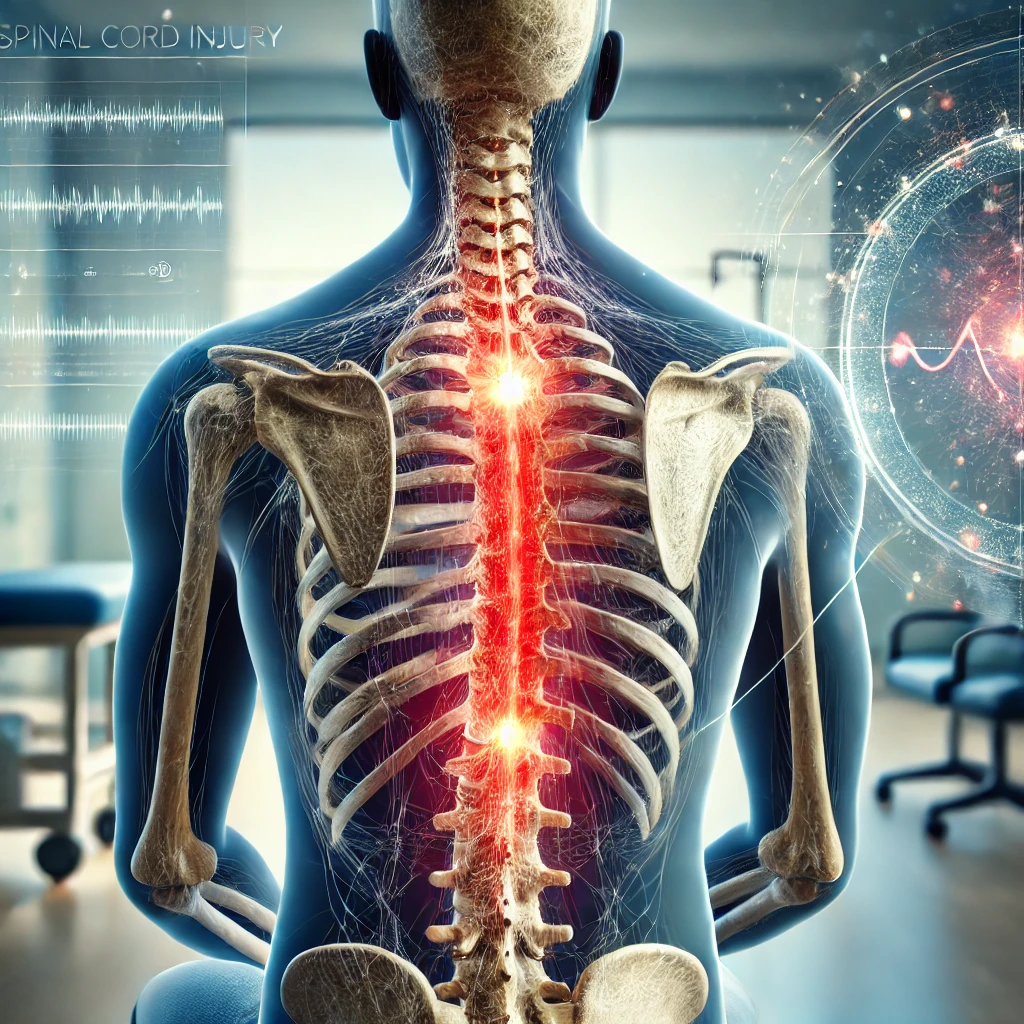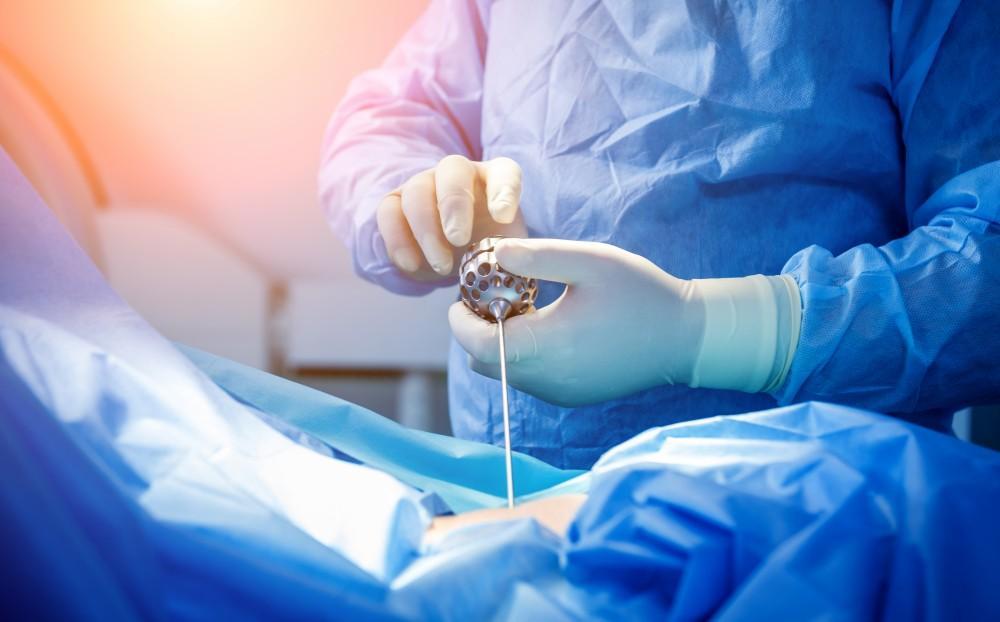What are Sports Injuries?
Sports injuries occur during physical activity or exercise due to overuse, improper technique, or accidents. They can range from acute injuries, such as fractures or sprains, to chronic conditions that develop over time due to repetitive movements. Mr. Irfan Malik specialize in diagnosing, treating, and rehabilitating sports injuries to help you recover and get back to your active lifestyle.

